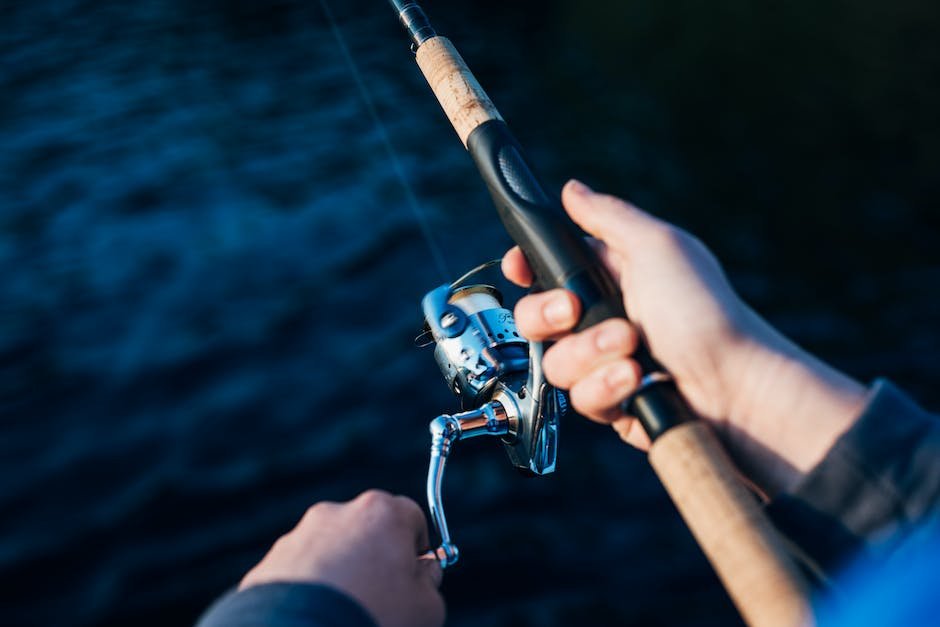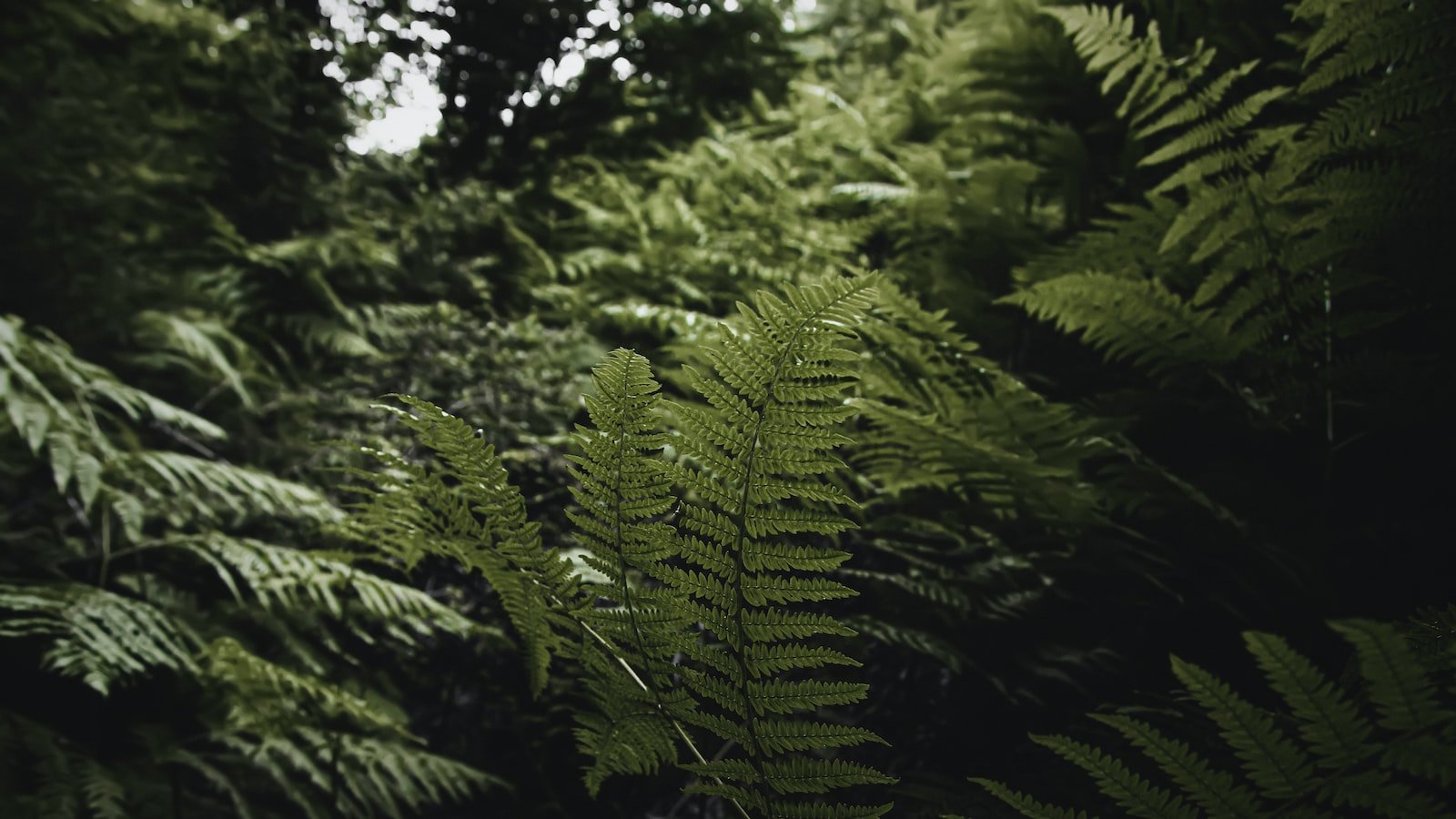Now Reading: How to Make Your Own Off-Grid Fishing Gear
-
01
How to Make Your Own Off-Grid Fishing Gear

How to Make Your Own Off-Grid Fishing Gear
With the hustle and bustle of modern life, sometimes all we yearn for is a moment of serenity in the great outdoors. Picture yourself surrounded by nature’s soothing symphony, the gentle breeze whispering through the trees, and the tranquil sound of water lapping against the shore. Now imagine adding a sense of adventure to this idyllic setting, making your own off-grid fishing gear and creating memories that will last a lifetime. Whether you’re a seasoned angler seeking new challenges or a novice explorer ready to embark on uncharted waters, this article will guide you through the art of crafting your own fishing gear – a true testament to self-sufficiency and the spirit of the great outdoors. So, grab your tools and let’s dive into the world of off-grid fishing gear!
Table of Contents
- Creating Basic Fishing Tools from Natural Materials
- Discovering the Best Locations for Off-Grid Fishing
- Designing Effective DIY Fishing Nets and Traps
- Crafting Simple Fishing Rods and Hooks
- Mastering Essential Survival Fishing Techniques
- Q&A
- In Retrospect

Creating Basic Fishing Tools from Natural Materials
When it comes to fishing, having the right tools can make all the difference. But what if you find yourself without a fancy fishing rod and reel? Don’t worry! Nature has provided us with an abundance of materials that can be used to create basic fishing tools.
One of the easiest tools to make is a traditional fishing spear. Find a sturdy branch and sharpen one end to a spear-point using a knife or sharp rock. Add some feathers or leaves to the other end to act as a lure and attract fish. To increase your chances of success, try using brightly colored materials or even bits of shiny metal as bait.
Another option is to fashion a fishing line from natural materials. Take some strong plant fibers, such as long grass or twisted vines, and braid them together to create a durable fishing line. Attach a small piece of wood or a bone as a makeshift float and tie on a simple hook made from a thorn or bone. Remember to use caution when handling sharp objects!

Discovering the Best Locations for Off-Grid Fishing
Embarking on an off-grid fishing adventure is the dream of every avid angler. The thrill of disconnecting from the modern world and immersing oneself in the quiet beauty of nature is unmatched. But where should one begin their pursuit of the perfect off-grid fishing experience? Look no further, as we take you on a journey to discover some of the best locations for off-grid fishing.
Rugged Rivers:
- Whether you seek the gushing currents or calm backwaters, rivers are a haven for off-grid fishing. With their abundant fish populations, casting your line here guarantees a thrilling catch.
- Notable rivers for off-grid fishing include the mighty Columbia River in the United States and Canada, renowned for its salmon and steelhead runs. Alternatively, Australia’s iconic Daly River serves as an ideal off-grid fishing spot for barramundi enthusiasts.
Remote Lakes:
- Tucked away in pristine wilderness, remote lakes offer tranquility and endless fishing opportunities.
- Canada’s Ontario hosts countless remote lakes, leaping with walleye and muskie. For a European escape, Sweden’s Lake Vänern boasts vast stretches of untouched beauty, where pike and perch eagerly await your challenge.
Offshore Wonders:
- For those seeking a taste of adventure on the open sea, offshore fishing never disappoints.
- The untouched waters of Belize’s Turneffe Atoll provide a vibrant coral landscape and an abundance of bonefish and tarpon, while the remote Ascension Island in the South Atlantic promises thrilling encounters with blue marlin and yellowfin tuna.
Now armed with the knowledge of these exceptional off-grid fishing locations, get ready to plan your ultimate escapade. Remember, explore responsibly and cherish the beauty of nature’s hidden paradises as you reel in memories that will last a lifetime.

Designing Effective DIY Fishing Nets and Traps
Whether you are an experienced angler or a novice fisherman, designing your own fishing nets and traps can be a rewarding and cost-effective way to enhance your fishing experience. With a little creativity and some basic materials, you can create custom-made tools that suit your specific fishing needs. Here are some tips and tricks to help you design effective DIY fishing nets and traps:
1. Material Selection:
– Choose a strong and durable material for your nets, such as nylon or polyethylene. These materials are lightweight, resistant to rot, and have a high tensile strength.
– For traps, consider using wire mesh cages or baskets that can withstand the elements and the weight of the captured fish.
– Always ensure that the materials you use are non-toxic to avoid harming the fish or the environment.
2. Mesh Size and Configuration:
– The size of the mesh openings in your fishing net is crucial. It should be proportionate to the size of the fish you intend to catch.
– Smaller mesh sizes are suitable for catching smaller fish, while larger mesh sizes are ideal for larger species.
– Experiment with different mesh configurations, such as square, diamond, or hexagonal patterns, to maximize the effectiveness of your net or trap.
3. Consider the Environment:
– Take into account the type of waterbody you will be fishing in. Different environments may require different net or trap designs.
– If you plan to fish in rocky areas or areas with strong currents, use heavier weights or anchors to keep your nets or traps in place.
– In shallow or weedy areas, opt for nets with shorter handles or traps with funnel-shaped entrances to prevent entanglement.
Remember, DIY fishing nets and traps require careful design and testing to ensure their effectiveness and minimize harm to the fish. Always check local regulations and guidelines regarding the use of fishing gear in your area. Happy fishing!
Crafting Simple Fishing Rods and Hooks
Looking to embark on a fishing adventure but don’t have fancy equipment? Fret not, because crafting your own simple fishing rods and hooks can be a rewarding and fulfilling experience. With just a few basic materials and a touch of creativity, you’ll be ready to cast your line into the water in no time!
Let’s start by making a fishing rod that is both functional and easy to assemble. Begin by finding a sturdy, flexible branch that is about the length of your arm. Peel off any bark and sand down any rough edges. Next, attach a fishing line to one end of the branch using a secure knot. Make sure the line is of a suitable strength for the type of fish you aim to catch. Finally, fasten a small wooden handle or grip to the other end of the branch for comfortable handling. Voila! Your homemade fishing rod is ready for action!
Now, let’s turn our attention to crafting simple hooks to accompany your fishing rod. Find a small piece of wire, about two inches in length, and use pliers to create a small loop at one end. This loop will serve as the attachment point for your fishing line. Bend the remaining wire to form a curved shape, resembling a hook. For added durability, you can sharpen the tip of the hook using a file or sandpaper. Attach your homemade hook to the fishing line and you’re all set!
Whether you’re looking to spend a relaxing day by the lake or seeking an adventure on the open seas, creating your own fishing rods and hooks can provide you with the tools you need for an enjoyable fishing experience. Remember, sometimes the simplest solutions can lead to the greatest rewards!
Mastering Essential Survival Fishing Techniques
When it comes to surviving in the wild, knowing how to fish can mean the difference between going hungry and having a nourishing meal. These essential fishing techniques will equip you with the skills you need to catch fish in various environments and situations.
1. Handline Fishing:
Handline fishing is a versatile technique that requires minimal equipment. Simply tie a fishing line to a sturdy stick, attach a hook, and add bait. Cast your line into the water and patiently wait for the fish to bite. Mastering the art of handline fishing can ensure you have a reliable food source, even in the most challenging survival scenarios.
2. Improvised Fishing Gear:
In survival situations, you may not have access to traditional fishing gear. That’s when you’ll need to get creative and improvise. Use items from your surroundings, such as branches, vines, or even shoelaces, to craft makeshift fishing rods and lines. Remember, the key is to adapt and utilize available resources to increase your chances of catching fish.
3. Trapping and Snaring:
When fish are scarce or elusive, trapping and snaring techniques can be effective alternatives. Constructing fish traps from rocks, twigs, and nets is an excellent way to passively catch fish while you attend to other survival tasks. Additionally, learning how to create primitive fish snares using natural materials will significantly increase your chances of procuring a meal.
By mastering these essential fishing techniques, you’ll be better prepared to provide sustenance for yourself in a survival situation. Remember to respect local fishing regulations and practice catch-and-release whenever possible to preserve fish populations for future generations.
Q&A
Why should I make my own off-grid fishing gear?
Making your own off-grid fishing gear allows you to be self-reliant and sustainable while enjoying the great outdoors. It’s a rewarding and practical skill to possess, ensuring that you are always prepared for fishing even in remote locations.
What are some essential off-grid fishing tools I can make?
You can make a fishing rod using bamboo or other lightweight materials, craft your own hooks from branches or bones, and fashion simple fishing nets using nylon or natural fibers. These tools can all be easily made with minimal resources and are effective for your off-grid fishing needs.
Is it easy to make your own fishing lures?
Yes, it is relatively easy to make your own fishing lures. By using various materials like feathers, beads, and small pieces of metal, you can create an array of innovative and attractive lures that will entice fish to bite, ensuring a successful fishing experience.
Can I catch fish without a fishing rod?
Absolutely! There are several alternative methods for catching fish without a traditional fishing rod. You can construct primitive spearfishing tools, use hand lines with baited hooks, or even fashion a fish trap using natural materials found in your surroundings.
What kinds of bait can I use for off-grid fishing?
For off-grid fishing, you can use a variety of natural bait that is readily available. Worms, insects, small fish, or even pieces of raw meat can attract different types of fish. Experimenting and adapting to the local environment will help you determine the most successful bait options.
How can I ensure that my off-grid fishing gear is sustainable?
To ensure your off-grid fishing gear is sustainable, use biodegradable and eco-friendly materials whenever possible. Avoid single-use items and consider the impact your gear may have on the environment. Respect local regulations and practice catch and release whenever appropriate to preserve fish populations for future generations.
In Retrospect
As we cast our final lines and reel in the last remains of this article, we hope that your journey into crafting your own off-grid fishing gear has been a rewarding one. In this world where convenience often reigns supreme, there is something undeniably special about becoming self-sufficient and resourceful. By venturing off the beaten path and creating your own tools, you have harnessed the true spirit of a free-spirited angler.
Remember, the art of fishing extends far beyond mere recreation; it is a harmonious dance with nature itself. Embrace the quiet solitude of the wilderness, find solace in the rhythmic sound of lapping water, and tangle your thoughts with the gentle echoes of avian melodies. As you venture further into the off-grid realm, you unlock a world of untamed beauty, hidden coves, and secret fishing hotspots that are bestowed only upon those willing to step outside their comfort zone.
But don’t let your journey end here. Use this newfound knowledge as a springboard into your own creative depths. Adapt and innovate, for fishing gear, like the fish themselves, evolves with the tides of time. As the seasons change, so too should your approach, crafting newer, more ingenious tools to outwit those elusive aquatic creatures.
Now that you possess the knowledge to fashion your own fishing gear from found treasures, upcycled relics, and a dash of ingenuity, there are no boundaries to what you can accomplish. Unlock the hidden potential of everyday objects, see the world through the eyes of a visionary angler, and let your imagination ripple through the waters of possibility.
So venture forth, fellow angler, with your newfound skills, cloaked in the enchanting aura of self-sufficiency. Delve into the world of off-grid fishing, where the sun casts its golden rays on pristine waters, and the fish tell stories of ages past. With your handmade gear, you become one with nature, seamlessly blending into the tapestry of the wild.
As we bid you farewell, keep in mind that the path we choose may not always be the easiest, but it is undoubtedly the most fulfilling. So gather your tools, bait your lines, and let your journey into the realm of off-grid fishing begin. May each cast be a mesmerizing symphony of skill and determination, and may the fish forever bite in your favor. Tight lines, adventurers of the wild!
As an affiliate, my content may feature links to products I personally use and recommend. By taking action, like subscribing or making a purchase, you’ll be supporting my work and fueling my taco cravings at the same time. Win-win, right?
Want to read more? Check out our Affiliate Disclosure page.





